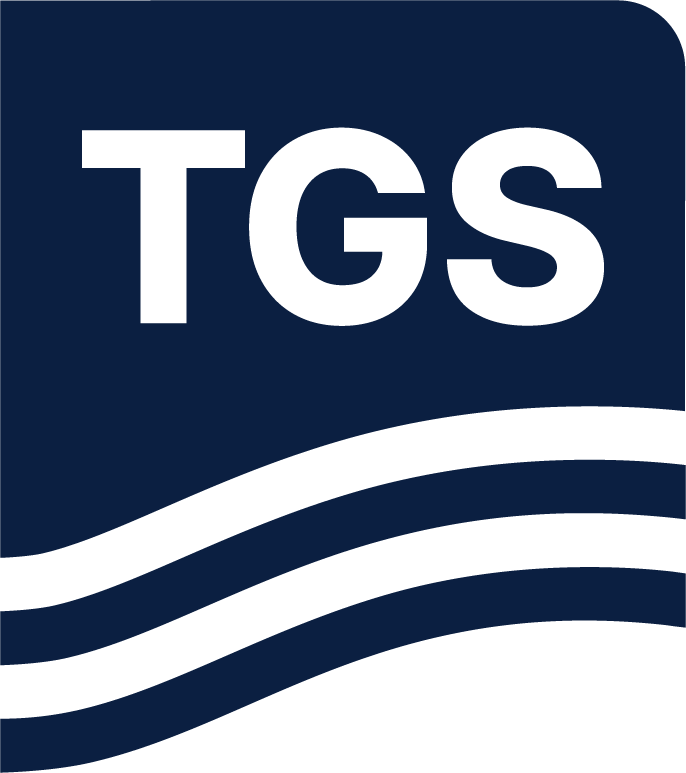Paper Summary
The vast majority of marine seismic data is acquired with conventional towed streamer cables which are equipped only with hydrophones and are all typically towed at the same constant depth for any single survey. The receiver ghost zeros out the spectral response of the recorded data at notch frequencies equal to any integer divided by the ghost delay time, limiting both the top end of the usable spectrum as well as attenuating the low frequency response. The source ghost has a similar effect. The combined effect of the ghosts results in greatly reduced resolution in the subsurface image. A conventional ‘solution’ for this problem is to tow the sources and streamers shallow (at less than 7 m of depth below the surface) to obtain higher frequencies at the expense of attenuating low frequencies and exposing the sensors to a noisier environment near the sea surface.

